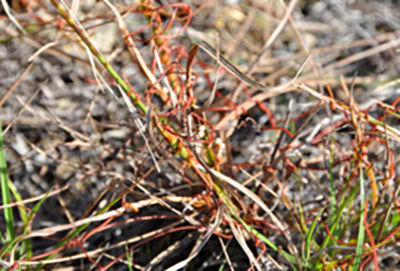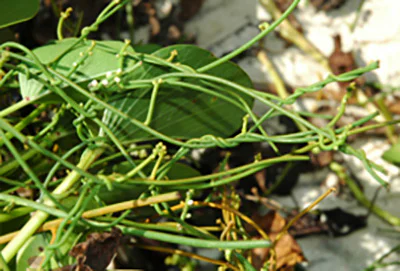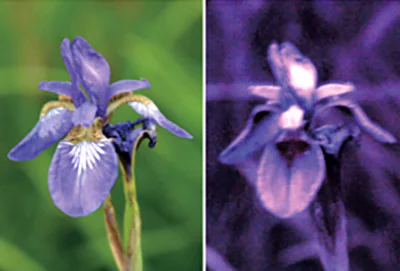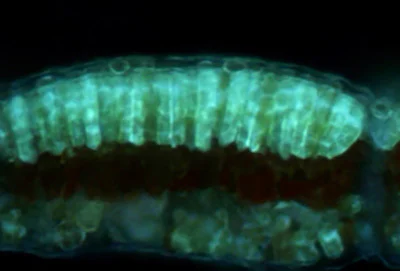Unraveling Biodiversity Shaped by Interactions Among Organisms
Unraveling Biodiversity Shaped by Interactions Among Organisms
No living organisms exist in isolation. Interactions among species play a crucial role in maintaining and generating biodiversity. The network of interactions in nature, often forming complex webs of symbiosis, was not built overnight. It has developed over a long history, shaped in part by fluctuating external environmental conditions. Therefore, understanding interactions among organisms requires considering not only the present but also the evolutionary history of life, including its geohistorical background, in line with concepts from evolutionary biology.
At the National Museum of Nature and Science, we are promoting a project aimed at elucidating the reality of biodiversity, including both the diversity of species and the various interactions among them, and the mechanisms by which it is generated. Focusing on the interactions that support biodiversity, we collect data from community to molecular levels and conduct integrated analyses of natural history information. Researchers at the Tsukuba Botanical Garden also participate in this project.
Specificity of Cassytha Species
Some plants are parasitic and survive by obtaining nutrients from other plants. Cassytha species are among them. Although they perform a small amount of photosynthesis, most of their nutrients are obtained from other plants. Within the genus Cassytha, some species, such as Cassytha filiformis, can parasitize many host plants, while others, such as Cassytha pergracilis Hatus., parasitize only two species. At the Tsukuba Botanical Garden, research is being conducted to investigate the factors that determine host specificity in these Cassytha species.
 Highly host-specific Cassytha pergracilis Hatus.
Highly host-specific Cassytha pergracilis Hatus.  Low host-specificity Cassytha filiformis
Low host-specificity Cassytha filiformis Phenolic Compounds Produced by Plants
Once established in a location, plants cannot move freely like animals. To adapt to their surrounding environment, plants have developed various strategies. One such strategy is the production of chemical compounds within their bodies. Phenolic compounds, such as flavonoids, are considered important components in plant interactions with both inorganic and organic aspects of their environment. They play roles in attracting pollinators to flowers and protecting plants from harmful ultraviolet radiation, fungal infections, and oxidative stress. We are currently conducting research on these phenolic compounds using a variety of plant species.
 Iris seen with the naked eye (left) and under ultraviolet light (right)
Iris seen with the naked eye (left) and under ultraviolet light (right)
 Flavonoids accumulated in the plant’s leaves
Flavonoids accumulated in the plant’s leaves The Role of Floral Scent Evolution in Driving Plant Diversification
The relationship with animals that carry pollen, known as pollinators, not only drives floral diversity but also acts as a mechanism of reproductive isolation that prevents interbreeding between closely related plant species. This is considered one of the main factors behind the remarkable diversification of angiosperms. In particular, signals directed at pollinators, including floral scent, have recently attracted attention as triggers of speciation. However, very little is known about the genes that control these "signaling mechanisms." As a result, the exact evolutionary processes involved remain largely unknown.
At the Tsukuba Botanical Garden, we conduct research on the Asimitellaria amamiana of the Saxifragaceae family, which has undergone dramatic diversification in the Japanese archipelago. We also isolate genes related to floral scent, one of the signals directed at pollinators, from a wide range of plants and investigate their functions. We expect that this research will clarify the role of floral scent as a driving force behind the diversification of plants.
 The flowers of Asimitellaria amamiana emit a distinctive scent that attracts Leptomorphus panorpiformis.
The flowers of Asimitellaria amamiana emit a distinctive scent that attracts Leptomorphus panorpiformis.
 The flowers of Mitella pauciflora Rosend emit a distinctive scent that attracts a different species of fungus gnat.
The flowers of Mitella pauciflora Rosend emit a distinctive scent that attracts a different species of fungus gnat.